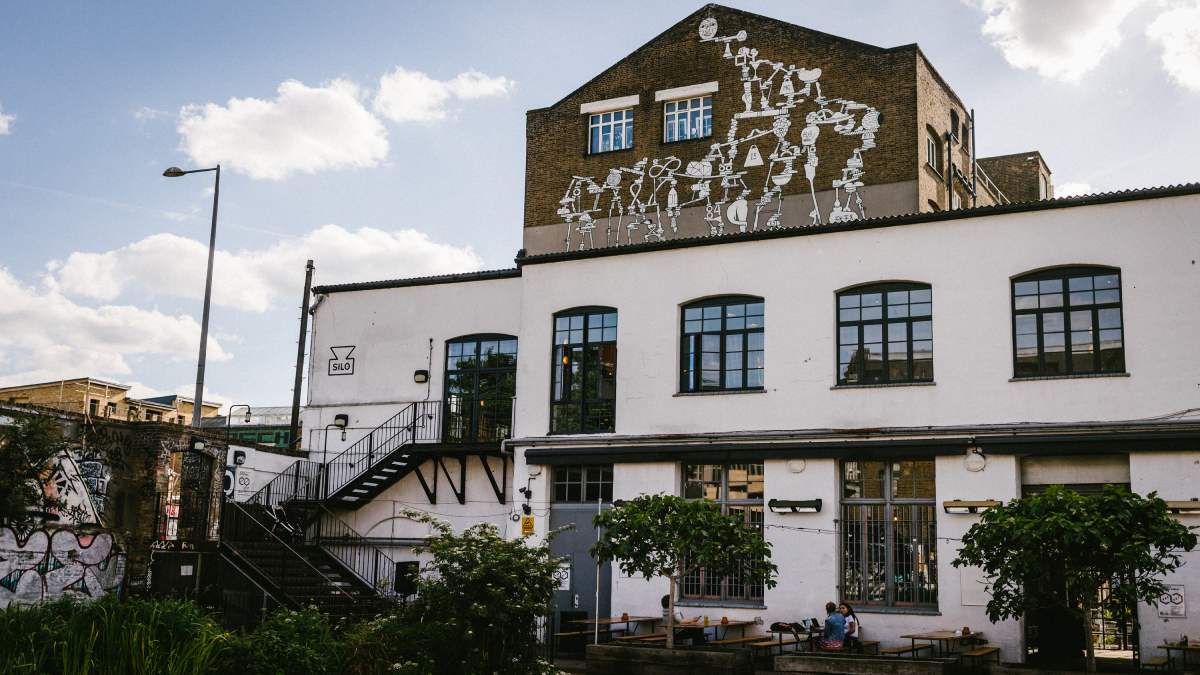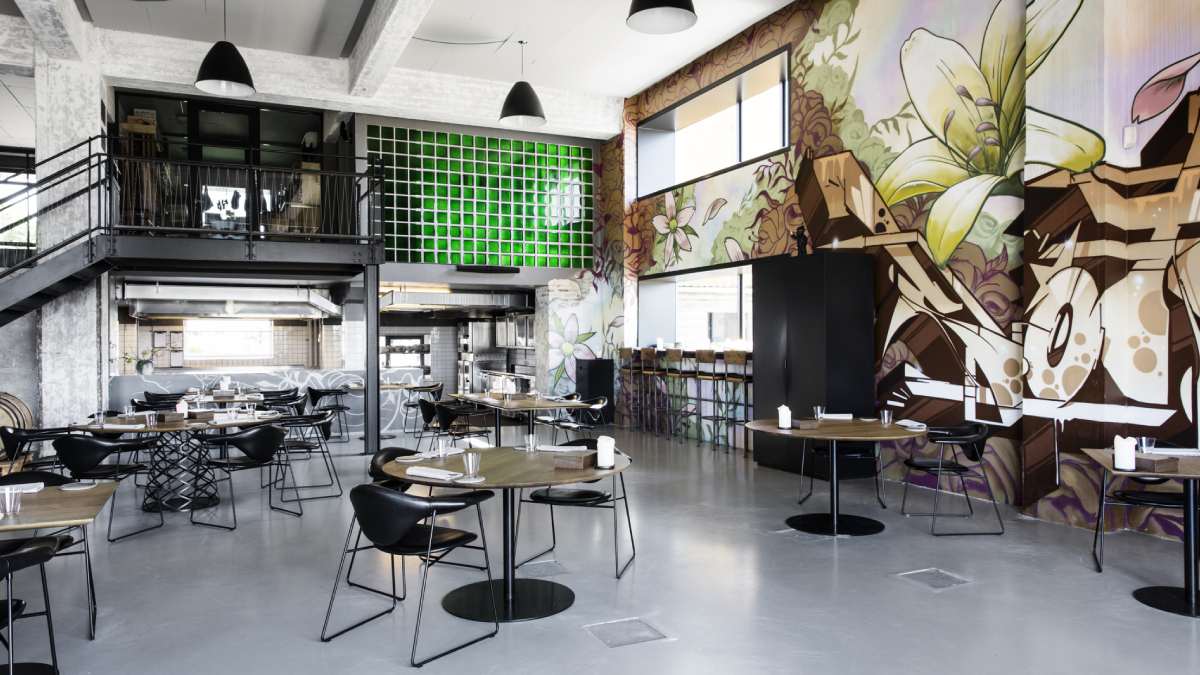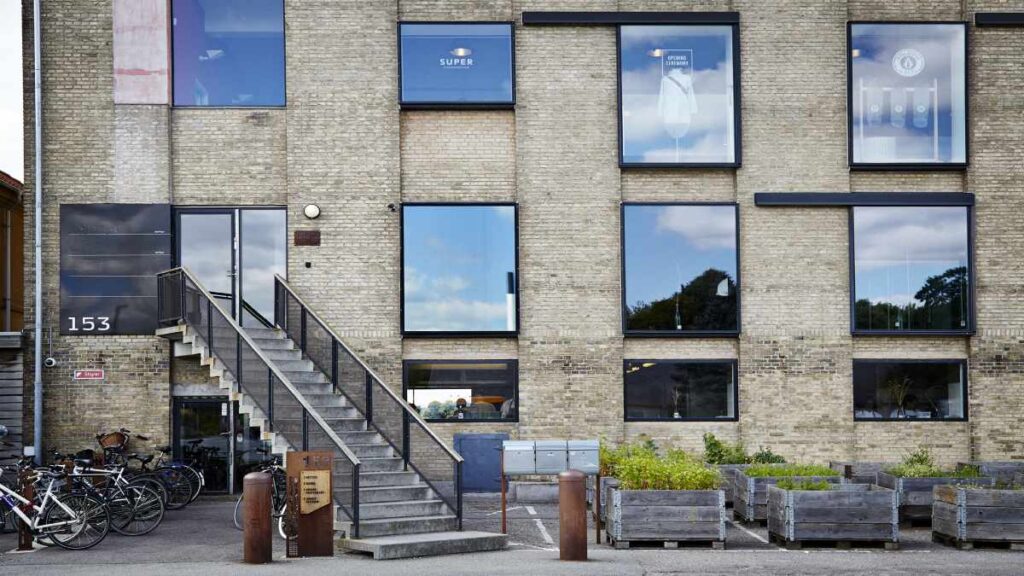Click here to read the Spanish version.
The warehouses that once housed the activity of the B&W shipyards, just 15 minutes from the center of Copenhagen, have for some years now been a vibrant area where leisure and art mingle with gastronomic entrepreneurship. Noma, ranked as one of the best restaurants in the world, belongs to Refshaleøen. But even in an even more confined area within this trendy district with an industrial look – which is actually an island – there are neighboring businesses such as Alchemist – ranked 18th in the recent ranking of The world’s 50 best -, the artisanal microbrewery Mikkellers Baghave, the wine bar-restaurant La Banchina and, until a few months ago, Amass.
It was the restaurant, almost loft-like, opened in July 2013 by Matt Orlando, a Californian chef who, after working for five years as head chef at Noma, decided to emancipate himself with a resounding commitment: ‘zero waste’. This implied taking advantage of all the products, whether waste or scraps, that could be edible for use in dishes such as Beetroot with red fruits or Botarga with new potatoes and hazelnuts. Orlando added variables such as reducing the carbon footprint, making his tasting menu between 90% and 100% organic and pesticide-free, or using his own vegetable garden cultivated in front of his restaurant with 80 varieties of vegetables.
This chef, a respected guy in Copenhagen’s fast-paced culinary scene, achieved accolades such as an 85th place for Amass from the global Top 100 in 2019. He was not alone in his project; he had the support of his former bosses: with the vocation of functioning almost as an incubator, René Redzepi and Peter Kreiner – partner and CEO of Noma – are shareholders in several projects in their city, through Noma Group or with stakes in their personal capacity, as in the case of Amass. But that funding was not enough to sustain the Orlando business, which closed at the end of November 2022. “The last three years have been brutal. It has deeply affected my family, my business, my staff and myself, both mentally and physically. It has also forced me to really evaluate what Amass is. For many, it is a physical space; but those who have chosen to delve beyond that experience have found a place deeply concerned with addressing change so that we can move forward as humans and as stewards of the planet,” Orlando justified then via Instagram. “Amass is not a physical space, but a mindset that transcends these walls,” he added.
From Amass to Endless Food Co.
Long involved in exploring the possibilities of the “food of the future,” Orlando is now focused on Endless Food Co. where he is pursuing the creation of new ingredients from food waste. “We are dedicated to transforming the food industry by harnessing the flavor potential of ignored or undervalued resources. With flavor as the driving force, we transform these new resources into tasty, valuable and sustainable products and ingredients,” he defines as the goal of the firm that the chef has transformed Amass into.
In Copenhagen, when Amass announced its closure, the reflection was clear to some. “It gives the impression that those working in food waste see more business opportunities and more potential profitability in applying their creativity to making products and selling them, rather than putting it into devising a tasting menu and competing in the haute cuisine race,” say sources in the Danish culinary sector.
Silo’s case
Is the zero waste fad profitable? Call it a fad or a trend or jumping on the bandwagon of something that sounds -we’ve also had the fermented foods craze for a few years now. But, can pursuing zero waste in a hospitality business be a business? There is a paradigmatic case in the global gastronomy market and it is Silo, the project of Douglas McMaster, who, after working in haute cuisine and observing “how food was almost criminally wasted”, decided to open first in 2014 in Brighton to move later to London, at the end of 2019. “Not generating waste was, from the beginning, a mission for Silo. I was lucky enough to work with artist Joost Bakker, who was the real genius in bringing me that vision. I consider him my mentor; my work is motivated by his ideas. It is clear to me that I will spend the rest of my life driven by avoiding waste,” explains McMaster, who last fall visited Spain where he detailed his model at the Gastronomic Forum Barcelona. Bakker, by the way, was described by The New York Times as “The poster boy for zero-waste living”.
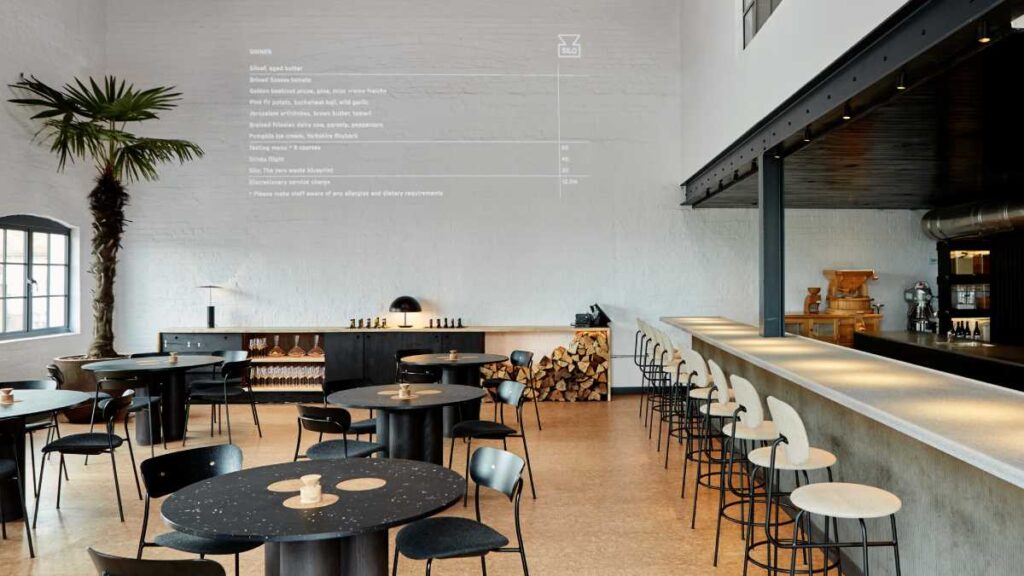
Silo, considered the world’s first zero waste restaurant, does not occupy just any space: it is on the second floor of Crate Bar, inside The White Building. It is a former industrial space in Hackney Wick, a rapidly developing east London neighborhood, where art studios, specialty cafes, craft breweries, cocktail bars and creative cuisine concepts have been setting up shop. “London is very expensive and here we can have a good space without being in the center; that’s why we chose a peculiar location where there are many independent businesses that I believe in and that will surely bring about ‘the big change’ in a sustainable way”, says McMaster. He is endorsed by a green Michelin star and recognitions such as his inclusion in the 50 Next list in 2021, an annual selection of the 50 young people who draw the future of gastronomy (made by the 50 Best ranking).
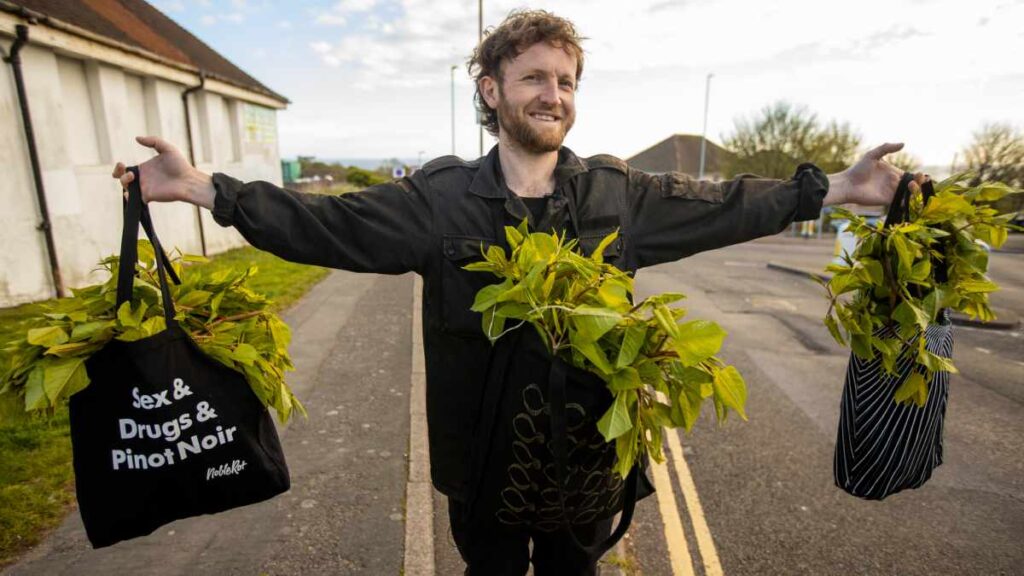
MCMASTER CREATED SILO AFTER SEEING “HOW FOOD IS ALMOST CRIMINALLY WASTED.
To understand why Silo may have earned the title zero waste, this would be an almost kindergarten-like summary: the products arrive from certain suppliers, are used to the maximum in the kitchen, trying to find alternative uses for apparent waste and what cannot be used plus what the customer leaves on the plate leaves the restaurant to become compost from the farms from which the raw materials arrive, to end up composing a circular model of restaurant, where absolutely everything is used. This also applies to the design of furniture and tableware, made from recycled materials.
Expensive or profitable?
On the economic side of zero waste, there are several sides. “It implies a high cost, first, because you have to pay well the employees whose work is greater and more intense than in a conventional day. But the food cost can be less, because if you spend £100 on ingredients and you think that 100% of them can be used, you maximize that purchase and all the resources, so the money you save can be used to pay staff better. If someone studies Silo from an economic perspective, it’s a pretty interesting model.” Something else to consider: their menu, projected onto one of the bare walls of this industrial space and made up of really tasty dishes, is priced at £65, about 74 euros (with a lunch option for £45), very affordable for London’s high restaurant bills. “We want to be inclusive and Silo is not for the rich,” McMaster emphasizes.
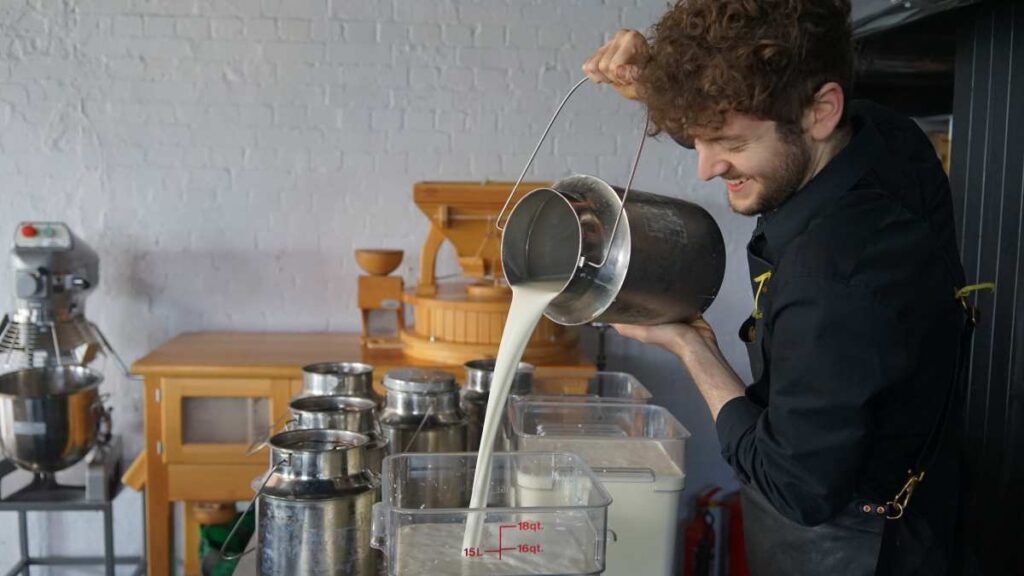
Silo seems to be a success story that could encourage other chefs to follow this path. And in Spain? We can include places that have won the 50 Best Sustainable restaurant award, such as Eneko Atxa’s Azurmendi in the Basque Country, Ángel León’s Aponiente in Cádiz and other peculiar cases. At Culler de Pau (O’Grove), Javi Olleros aspires to a circular model, with a vegetable garden fed by compost made from what is ‘left over’ in his kitchen and dishes centered on the integral use of fish and vegetables. A similar obsession rules at Les Cols (Olot), where Martina Puigvert Puigdevall applied her youthful vision during the pandemic by canning the produce that could not be turned into dishes.
And, yes, seaweed T-shirts
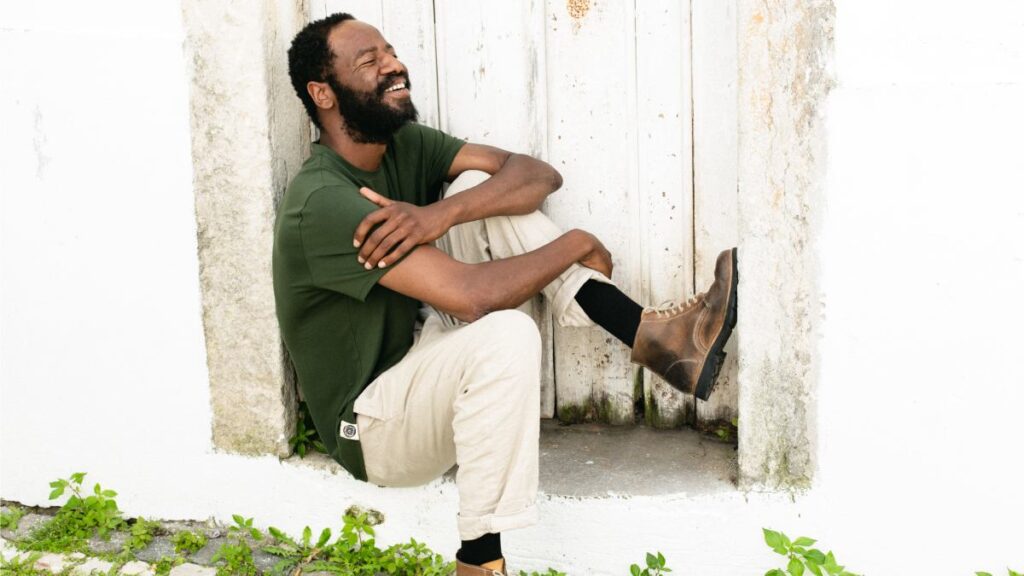
Watch out, because in the global market, innovation is accelerating in several ways around ‘zero waste’ food. Founded by Natalia Burakowska – with more than a decade of experience in the fashion industry – Terratela is a sustainable clothing company, with the peculiarity that it seeks to create innovative materials from ‘regenerative’ food and food waste. It has started on the regenerative side: in April, it launched ‘SeaFibe’, a T-shirt made from seaweed harvested in the fjords of Iceland, mixed with organic eucalyptus. Priced at €90.95, it is sold via the web in compostable packaging, printed with organic soy-based inks and with labels made from seeds.

